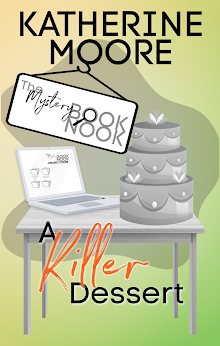I was thinking about this documentary when I stumbled across the website of the Los Angeles Women's Shakespeare Company. The company's artistic director is actress/director Lisa Wolpe, who is currently working with the Oregon Shakespeare Festival in Ashland, Oregon. This is their mission statement:
The Los Angeles Women's Shakespeare Company (LAWSC) is a nonprofit organization which produces professional productions of Shakespeare's plays with an all-female ensemble. We provide opportunities for collaboration between multiracial, highly accomplished artists who are actors, producers, directors, choreographers, designers and educators. LAWSC contributes to a transformation of the perceptions of women's roles in our society by working to create a deeper, more powerful, unbounded view of women's potential. Our productions illuminate contemporary issues through a classical context, offering a unique political and social perspective. Our ongoing mission is to provide a creative forum for the exploration of violence, victimization, power, love, race, and gender issues, and to provide positive role models for women and girls.

I'm intrigued by the goals of the group because I've always felt that productions where women play male roles were a little ... gimmicky just like white actors playing Othello in black face (like Olivier did back in the day and more recently, Anthony Hopkins). In the context of what the LAWSC is trying to do, though, such productions make sense. I look forward to Wolpe returning to Los Angeles so I can attend one of her productions. Her version of Iago (pictured) won rave reviews.
Here's an interview with Wolpe in Footlights. Interesting stuff.












